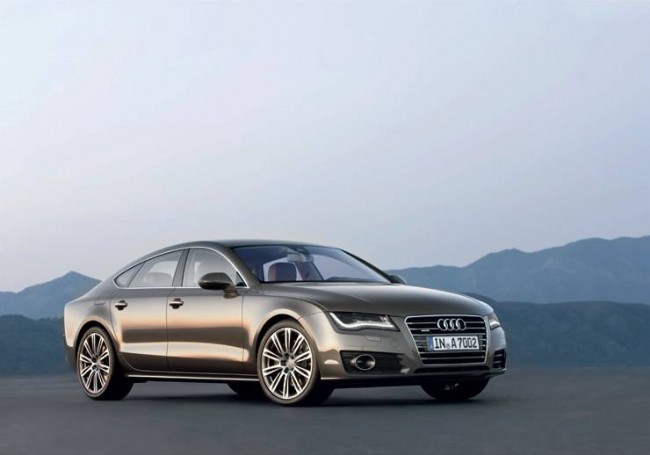Audi has competed in many different types of motorsports. Initially, under its former company, Auto Union in the 1930s, Audi was a highly successful make, competing in high profile racing competitions with some of the best racing cars of the era. The1980s was when Audi really made the world stop and take notice. In 1980, Audi introduced the four-wheel drive turbocharged Quattro to the WRC. It was a car that was considered well ahead of its time. Initially sceptics played down Audi’s chances of achieving any success as at the time, four-wheel drives system were heavy and complicated to use in competitions. The Quattro proved every one wrong as it won the drivers’ titles in 1983 and 1984 and the manufacturers’ title in 1982 and 1984.
In 1985, the Audi Sport Quattro S1, driven by Michèle Mouton, who was the only female driver to win the WRC, competed in the Pikes Peak International Hill Climb. The Hill climb, which is held in Colorado is a race to the summit of the 4,302m mountain. By achieving this she managed to set a new record at Pikes Peak with a time of 11:25:39 and became the first woman to set a Pikes Peak record.
In the nineties, Audi was more focused on the track. First it turned to the DTM or Deutsche Tourenwagen Meisterschaft series with the Audi V8. However being unwilling to conform to the new formula, Audi then turned to the Super touring series, which was a series of national championships. These series included the French Supertourisme, Italian Superturismo, the German Super Tourenwagen Cup and the British Touring Car Championship or BTCC.
Towards the end the nineties, Audi turned its attention to sports car racing when it built the Audi R8R and the Audi R8C to compete in competitions such as the Le Mans Prototype LMP900 class at the 24 Hours of Le Mans. During the 2000 season, because of the favourable rules for open-cockpit prototypes, Audi concentrated more on the new Audi R8. Joest Racing team, backed by Audi chalked up three consecutive wins at Le Mans from 2000-2002 as well as winning every race in the American Le Mans Series in the first year of competition. The car went on to win many more races until its retirement.
The Audi R10 TDI would replace the Audi R8 in 2006. It employed new technologies such as the use of a twin-turbocharged direct injection diesel engine. The car took part in the 2006 12 Hours of Sebring as the final shakedown before the 2006 24 hours of Le Mans but it eventually won that same race. It then went on to make history by winning the 24 Hours of Le Mans in 2006. Audi’s success would continue in the proceeding years and in 2011, in the form of the R18 race car, Audi won the 2011 24 Hours of Le Mans.
Audi is and always will be a dominant force in motorsports. Its race cars have always been at the cutting edge of technology, pushing the boundaries of what’s possible in motor racing. As such we will continue to see Audi on the front row of the grid of racing events for the foreseeable future.
